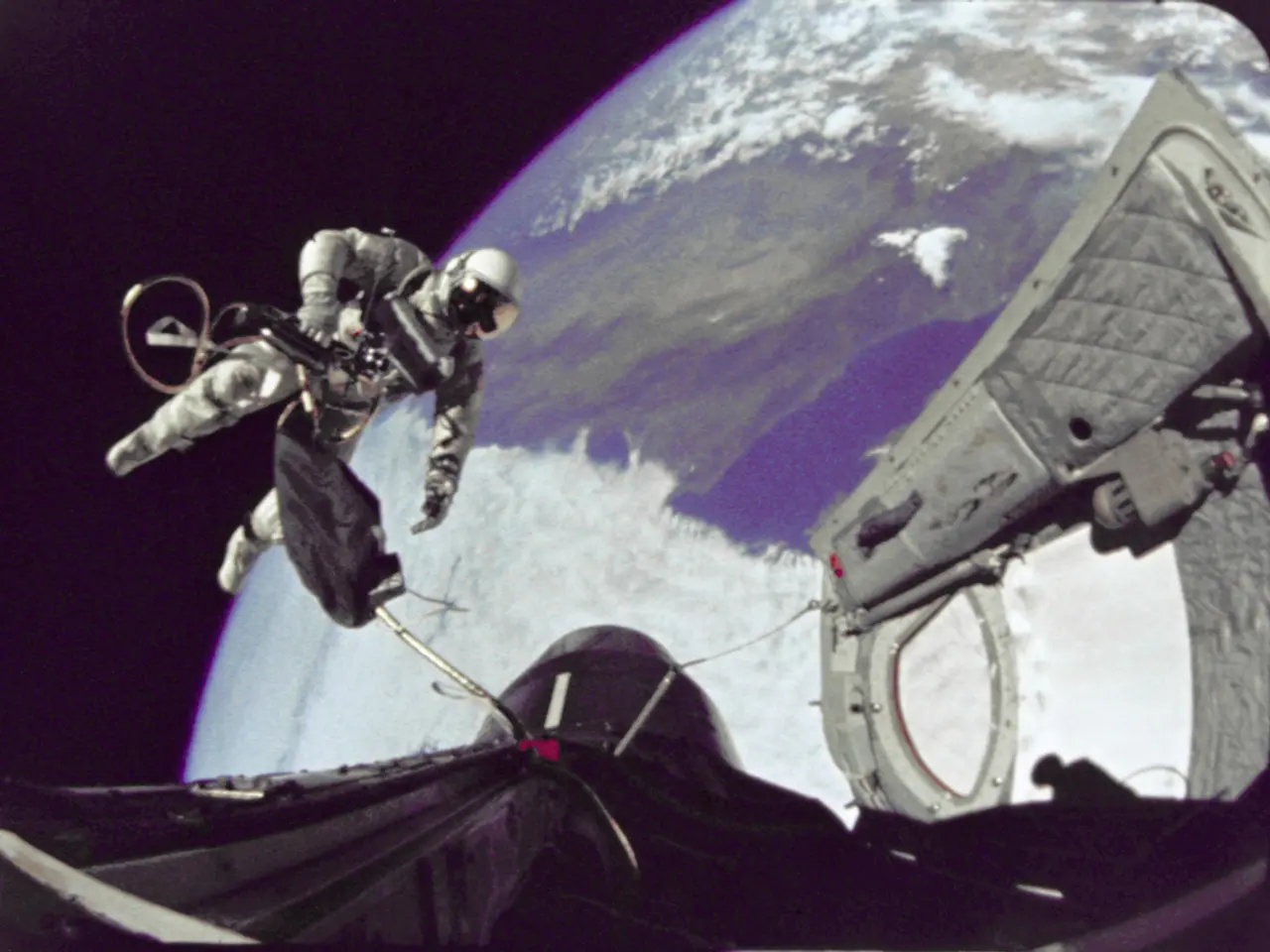Is Space Travel access for the general public possible within our generation?
Space Tourism: A Leap Forward for Humanity
Space tourism is poised to take a significant step forward, offering a tantalizing glimpse into humanity's broader exploration of the cosmos. This burgeoning industry is being propelled by a combination of technological advancements, economic investments, and regulatory frameworks aimed at enhancing safety, cost-effectiveness, and accessibility.
Revolutionary Technologies Paving the Way
The introduction of reusable rocket technology, pioneered by SpaceX's Falcon 9 and Blue Origin's New Shepard, is revolutionising the industry. By enabling multiple flights per vehicle, these innovations significantly reduce manufacturing time and expenses, making space tourism more accessible beyond the ultra-wealthy.
Artificial Intelligence (AI) is another game-changer, advancing autonomous navigation, real-time data processing, and predictive maintenance, thereby improving safety and operational efficiency during space tourism flights.
Emerging space habitats, such as orbital hotels and private space station modules like Axiom Space, aim to extend tourist stays beyond brief suborbital trips, expanding the market and diversifying offerings.
Economic Growth and Investment
The global space tourism market is experiencing rapid growth, projected to increase from $1.39 billion in 2025 to $4.66 billion by 2033, at a Compound Annual Growth Rate (CAGR) of 16.3%. Investments prioritise reusable launch vehicles (51%), space hospitality (29%), and digital enablers like AI safety and blockchain platforms, addressing cost, safety, and customer experience challenges.
Regulatory agencies, such as the FAA and international bodies, are adapting frameworks to ensure passenger safety and industry certification, mitigating risks associated with commercial human spaceflight.
Challenges and Opportunities
Despite these advancements, space tourism continues to face challenges, including the high cost of travel, the presence of foreign object debris in space, and the need for responsible travel practices to prevent pollution and debris accumulation.
However, the aerospace industry's technological advancements are narrowing the gap between science fiction and reality, making space travel progressively more feasible. Governmental support and international cooperation are crucial in overcoming economic and technical barriers, while sustainable practices are key to ensuring the longevity of space tourism as a new frontier for humanity.
Collaborative international efforts can lead to shared advancements and a unified approach to space tourism challenges. Companies such as SpaceX and Blue Origin are private entities that have expanded the possibilities for space exploration, demonstrating the potential for the space tourism industry to become a significant contributor to the global economy.
In this exciting journey, NASA maintains its tradition of creating unique patches for each space mission since 1965, symbolising the spirit of exploration and camaraderie that drives humanity towards the stars. The vision for space travel involves travel to Earth's orbit, the Moon, Mars, and beyond, potentially leading to space habitations and interplanetary travel.
As we embark on this transformative era of tourism into space, it is essential to remember that the feasibility of space tourism depends heavily on our commitment to overcoming current challenges. The transformation of tourism into space is a milestone for humanity as a whole, representing a step towards a future filled with boundless possibilities.
Science and technology are integral components driving the revolution in space tourism, with advancements in reusable rocket technology, artificial intelligence, and space habitats making space travel more accessible and efficient. The economic growth and investment in the space tourism market are projected to soar, with technologies like AI being prioritized to address cost, safety, and customer experience challenges.




